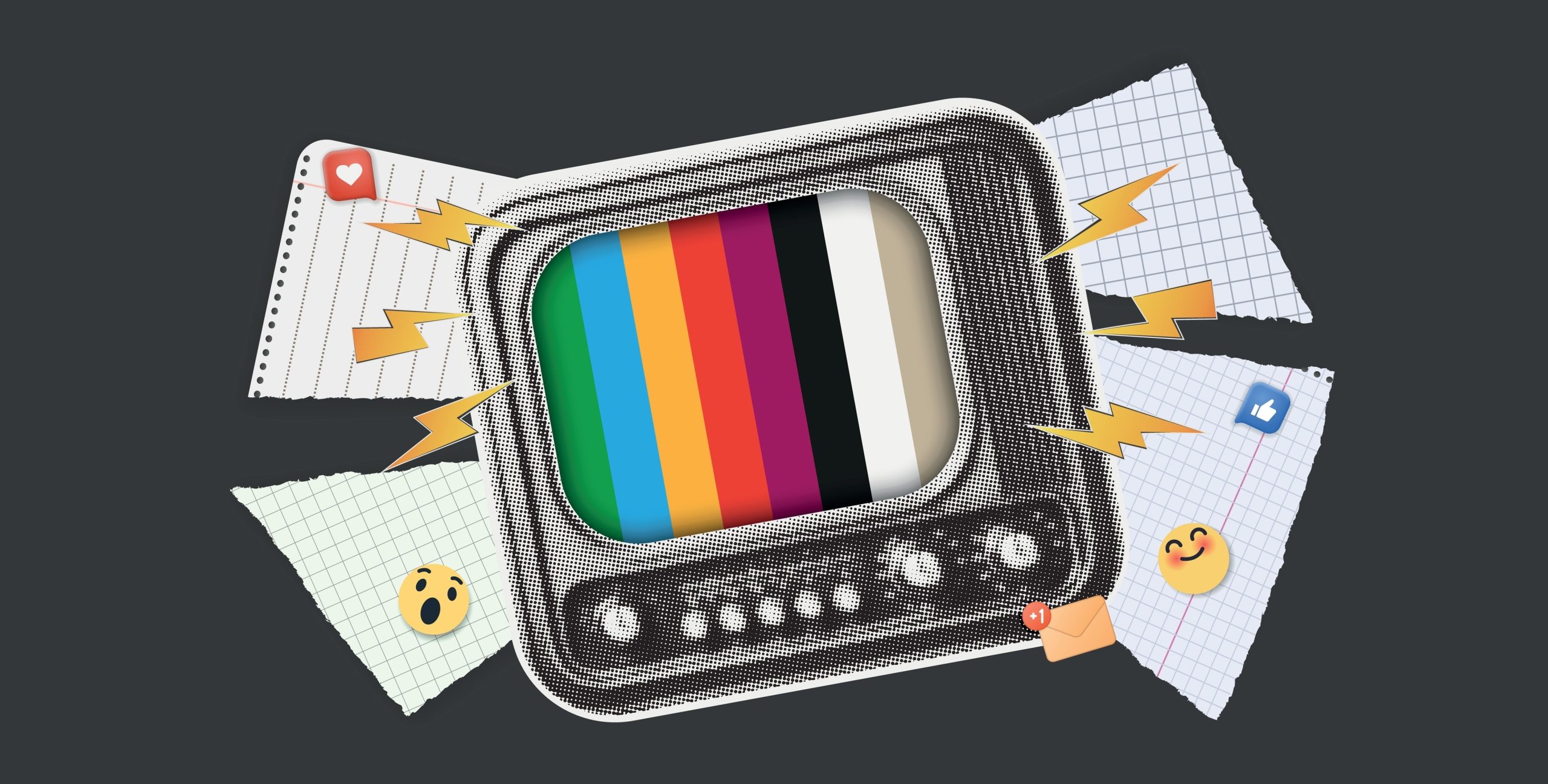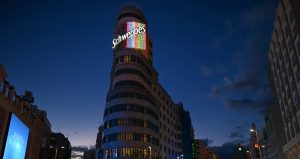The Power of Nostalgia in Advertising: Connecting Emotions with BrandsIn an era of digital immediacy, changing algorithms and increasingly advertising-sceptical consumers, brands face a constant challenge: to stand out amidst the noise.That’s why many brands think: If it worked once, could it work again? So… any time in the past was better, yes or no?
Looking back to the past is a very common practice to find out how we have evolved and whether we are better off than before. Based on this premise, nostalgia is a very present feeling, especially in the generations that lived their childhood and youth at the beginning of the digital era.
What is nostalgia and why does it have such an impact?
Nostalgia is a complex emotion, a sentimental longing for moments in the past that we tend to remember fondly. It is a mixture of melancholy and joy that generates an emotional comfort that is difficult to replicate. According to studies in psychology and neuroscience, nostalgia helps people feel more connected, less lonely and more optimistic about the future.What is nostalgia and why does it have such an impact?
From a marketing point of view, this represents a goldmine: when a brand manages to associate itself with these positive feelings, it can strengthen emotional affinity and create more lasting bonds with its audience.
It is curious to see how this sentiment is presented in different generations. While Generation X and Millennials see these campaigns as a nod to what they experienced in their childhood and adolescence, Generation Z sees it as a novelty, something retro that is very aesthetic and captures their attention.
Nostalgia as an advertising strategy
Nostalgia does not sell a product, it sells emotions. It is a tool deeply linked to a common feeling among a niche group of people. When brands appeal to collective memories such as a song, a fashion, a series or an old advertisement, they trigger in consumers a feeling of belonging, a kind of emotional ‘homecoming’.
But it’s not just about remembering: it’s about reliving. Successful nostalgic campaigns don’t just appeal to the visual or aesthetic, but reconstruct an emotional experience that connects the past to the present and makes consumers feel in their comfort zone.
How to apply nostalgia in an advertising campaign?
- Know your audience
Who are you targeting? What decade marked their adolescence or childhood? Understanding the cultural context of your audience is essential to trigger the right memories. How to apply nostalgia in an advertising campaign? - Make it authentic, not forced
Consumers easily perceive when nostalgia is used as a superficial gimmick. The best nostalgic campaigns are those that find common ground between the brand’s DNA and the consumer’s emotional experience. - Play with the senses
Nostalgia is not only visual. Sounds, smells and tastes also have an enormous evocative power. That’s why the use of old songs or the re-release of old flavours of a certain product also works. - Integrate retro with contemporary
Reinterpreting the past from a contemporary point of view is key. For example, the redesign of a vintage logo with modern typography or a VHS-style advert broadcast by TikTok. - Connect, don’t just sell
A nostalgic campaign should tell a story that touches the heart. It’s not just about provoking a smile, but about generating an emotional connection that inspires trust and loyalty.
Success stories: Nostalgia that sells
- Stranger Things x Eggo
The Netflix series was not only a cultural phenomenon, but also a perfect platform for brands like Eggo, which became central to the narrative. The revival of this breakfast product not only generated an increase in sales, but also rekindled an emotional relationship with a generation that grew up with waffles in the 80s and 90s.
- Coca-Cola: ‘Share a Coke with…’
While not a nostalgic campaign in the traditional sense, it appealed to emotional memory through proper nouns, triggering memories of friendships, family and shared moments. Coca-Cola has consistently played with nostalgic elements, from the iconic Christmas Father Christmas to the re-use of classic jingles.Coca-Cola: ‘Share a Coke with…’
- Apple: The return of the iPod classic (by popular demand)
Although Apple is a futuristic brand by nature, it has reissued certain models from the past – such as the iPod classic or some visual interfaces – to connect with users who still value retro. This balance between innovation and nostalgia is key.
The past as a bridge to the present
Nostalgia is not about looking back with melancholy, but about bringing back the best of the past to build more authentic relationships in the present. In a world where emotions make all the difference, using nostalgia can be the perfect strategy to make your brand not only seen, but felt. The past as a bridge to the present
The power of a forgotten song, a retro design or an iconic phrase should not be underestimated. Because, at the end of the day, the brands that move you are the ones that stay in your memory… and in your heart.






